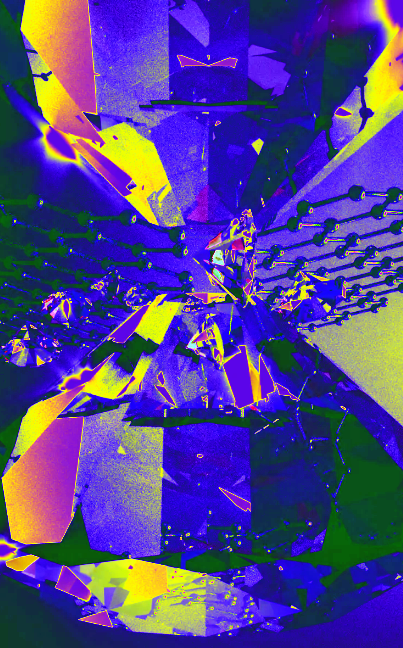Silicon spike surface tested
 A new, spiky silicon surface has been shown to kill up to 96 per cent of virus particles.
A new, spiky silicon surface has been shown to kill up to 96 per cent of virus particles.
An international research team led by RMIT University has designed and manufactured a virus-killing surface that could help control disease spread in hospitals, labs and other high-risk environments.
The surface made of silicon is covered in tiny nanospikes that skewer viruses on contact.
Lab tests with the hPIV-3 virus - which causes bronchitis, pneumonia and croup - showed 96 per cent of the viruses were either ripped apart or damaged to the point where they could no longer replicate to cause infection.
The material shows promise for helping control the transmission of potentially dangerous biological material in laboratories and healthcare environments.
Corresponding author Dr Natalie Borg, from RMIT’s School of Health and Biomedical Sciences, says that the seemingly unsophisticated concept of skewering the virus required considerable technical expertise.
“Our virus-killing surface looks like a flat black mirror to the naked eye but actually has tiny spikes designed specifically to kill viruses,” she said.
“This material can be incorporated into commonly touched devices and surfaces to prevent viral spread and reduce the use of disinfectants.”
The nano spiked surfaces were manufactured at the Melbourne Centre for Nanofabrication, starting with a smooth silicon wafer, which is bombarded with ions to strategically remove material.
The result is a surface full of needles that are 2 nanometers thick - 30,000 times thinner than a human hair - and 290 nanometers high.
The team led by RMIT Distinguished Professor Elena Ivanova has years of experience studying mechanical methods for controlling pathogenic microorganisms inspired by the world of nature: the wings of insects such as dragonflies or cicadas have a nanoscale spiked structure that can pierce bacteria and fungi.
In this case, however, viruses are an order of magnitude smaller than bacteria so the needles must be correspondingly smaller if they are to have any effect on them.
The process by which viruses lose their infectious ability when they contact the nanostructured surface was analysed in theoretical and practical terms by the research team.
Researchers at Spanish university URV, Dr Vladimir Baulin and Dr Vassil Tzanov, computer simulated the interactions between the viruses and the needles while RMIT researchers carried out a practical experimental analysis, exposing the virus to the nanostructured surface and observing the results at RMIT’s Microscopy and Microanalysis Facility.
The findings show the spike design to be extremely effective at damaging the virus’ external structure and piercing its membranes, incapacitating 96 per cent of viruses that came into contact with the surface within six hours.







 Print
Print